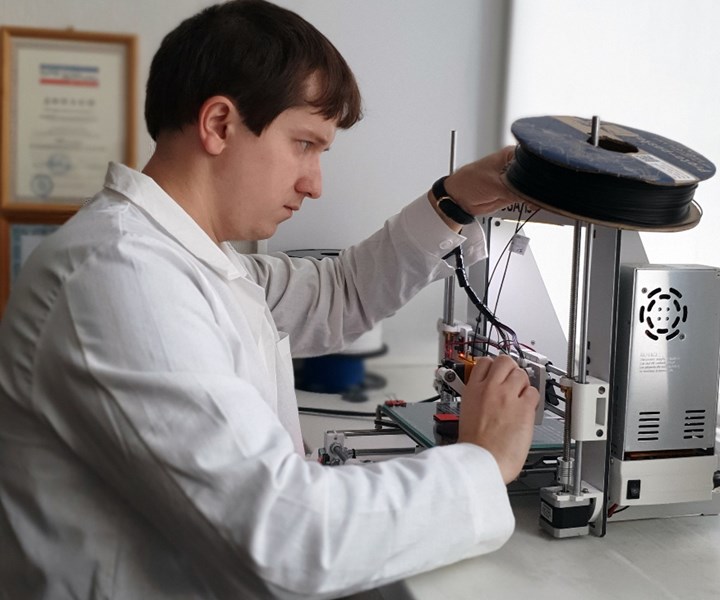Radiophysicists study the properties of composites for 5G devices
Radiophysicists at Tomsk State University are forming a database of composite materials properties for creation of 5G and space communication devices.

Source | Tomsk State University
Radiophysicists at (TSU, Tomsk, Russia) are forming a database of composite materials properties that they say can be used to create 5G and space communication devices operating in the terahertz range. The scientists are creating composite materials from acrylonitrile butadiene styrene (ABS) plastic and carbon nanotubes (see CW’s primer on nanomaterial types and definitions), and measuring their properties in a frequency range from 10 megahertz to 1 terahertz.
To create the source material, the radiophysicists are using polymers and, aided by chemical treatment, filling them with carbon nanotubes, which the Boreskov Institute of Catalysis of the Siberian Branch of the Russian Academy of Sciences produces for the Terahertz Laboratory of the Faculty of Radiophysics.
“By adding nanotubes of different concentrations, we change the electrophysical properties of the material; for example, we can increase the dielectric constant,” explains Alexander Badyin, project manager, associate professor of the Faculty of Radiophysics. “Then, using 3D technology, a printed circuit board with elements (conductors, resistors, and others) can be created. From the material obtained on a 3D printer, we print a control sample — plates or rings, depending on the standard of the measuring installation, and examine the properties of the composite in the terahertz range.”
According to the researchers, the interest of scientific groups is mainly concentrated in household radiation up to 4-5 gigahertz. TSU scientists are working with a wider range — up to 1 terahertz, which the researchers say is currently insufficiently studied. According to a , they have currently studied the properties of 50 samples.
Related Content
-
Sulapac introduces Sulapac Flow 1.7 to replace PLA, ABS and PP in FDM, FGF
Available as filament and granules for extrusion, new wood composite matches properties yet is compostable, eliminates microplastics and reduces carbon footprint.
-
Plant tour: Collins Aerospace, Riverside, Calif., U.S. and Almere, Netherlands
Composite Tier 1’s long history, acquisition of stamped parts pioneer Dutch Thermoplastic Components, advances roadmap for growth in thermoplastic composite parts.
-
Development of a composite liquid hydrogen tank for commercial aircraft
Netherlands consortium advances cryogenic composites testing, tank designs and manufacturing including AFP, hybrid winding, welding of tank components and integrated SHM and H2 sensors for demonstrators in 2025.
.jpg;width=70;height=70;mode=crop)





